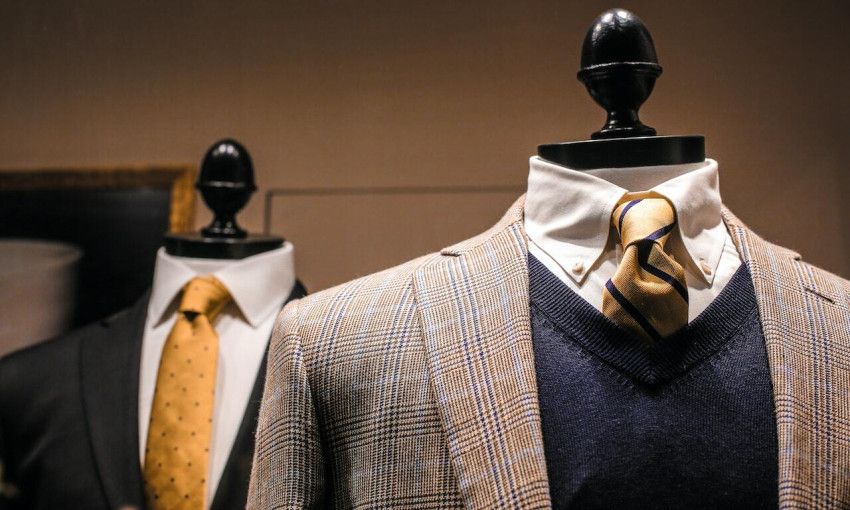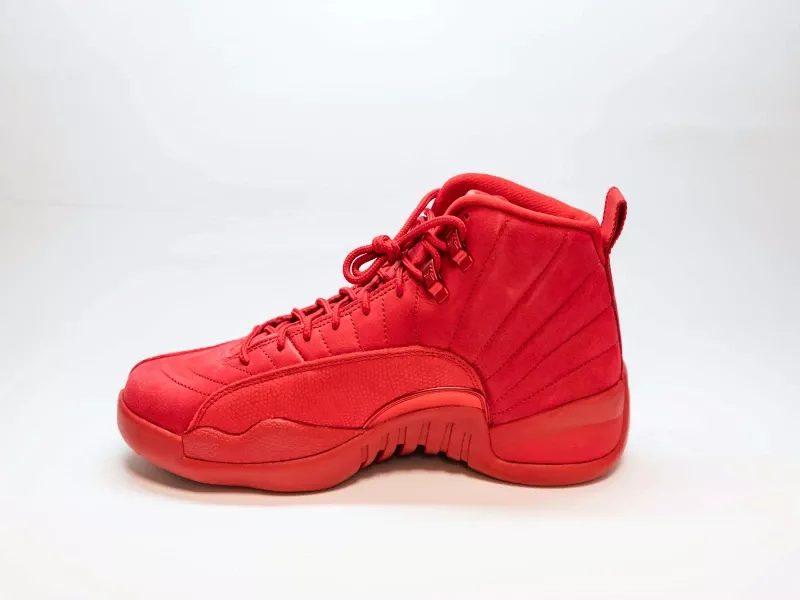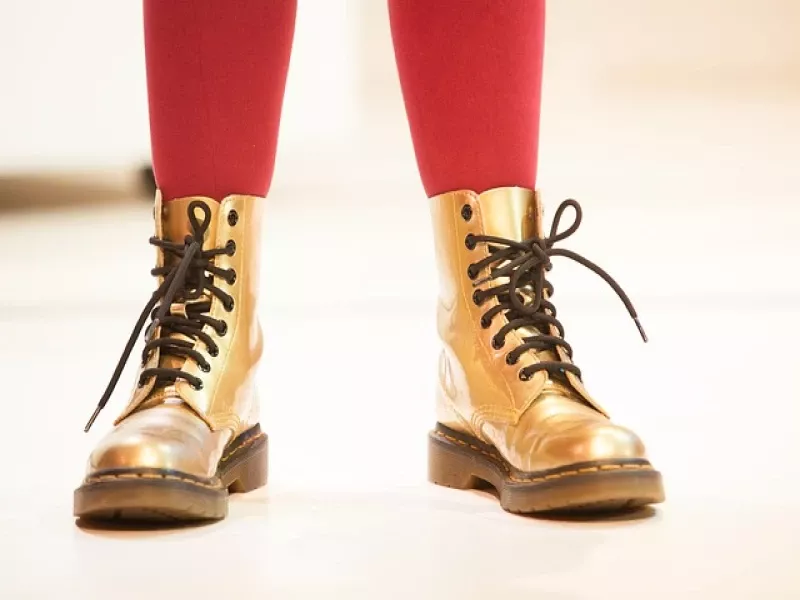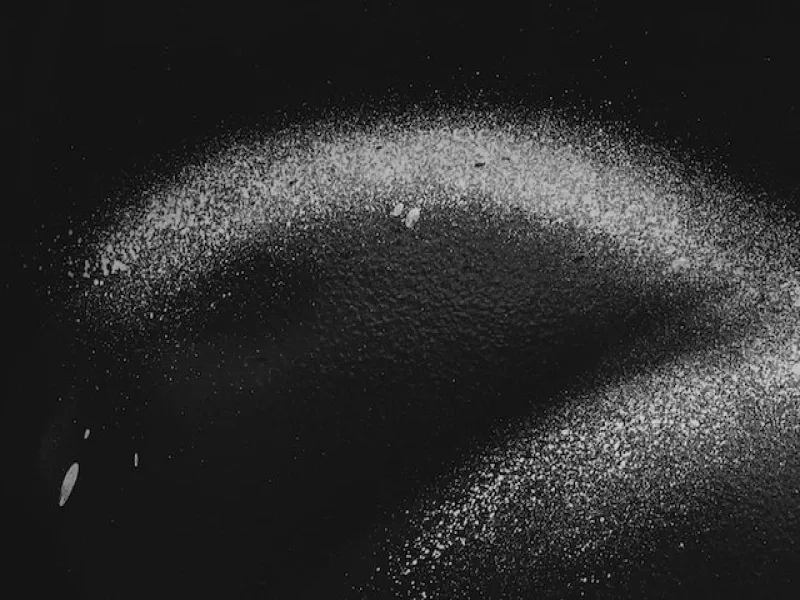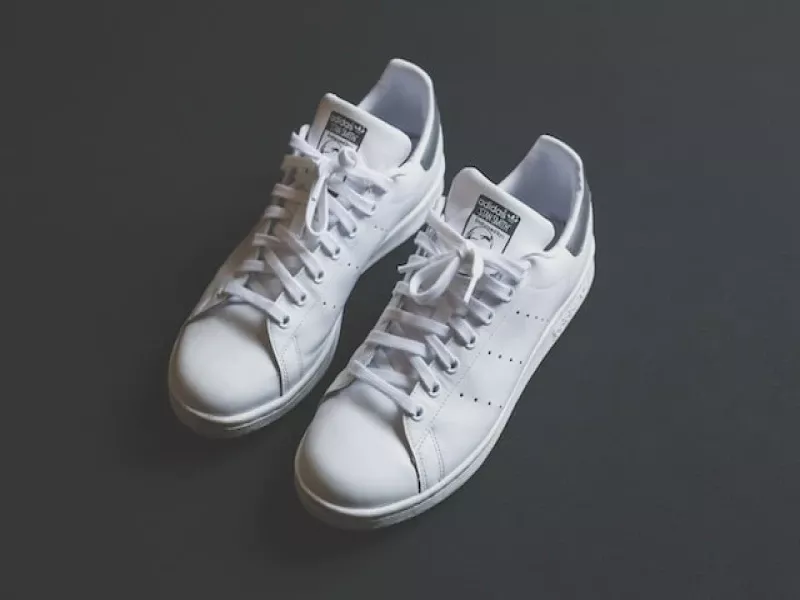
10 suit patterns you should know
When it comes to men's fashion, suits and blazers reign supreme. An emblem of style, sophistication, and class - a well-tailored suit can make any man look sharp and refined. But, beyond colors and cuts, patterns play a vital role in suit aesthetics. Understanding and choosing the right suit pattern can elevate your style, making you stand out in a sea of monotone. Here are ten suit patterns that every man should know.
1. Solid
Starting with the simplest, a solid pattern suit is a single, uniform color without any stripes, checks, or other designs. This is the most versatile type of suit and an absolute must-have in every man's wardrobe. Typically, the first solid suit a man should own is in navy or charcoal, followed by lighter shades for summer, such as light grey or tan.
2. Pinstripe
Pinstripe suits feature vertical lines that run uniformly throughout the fabric. These stripes are usually white or a lighter color than the base, giving a sleek and elongated silhouette. Originally associated with bankers and business tycoons, the pinstripe suit has become a staple for formal business wear and other dressy occasions.
3. Chalk Stripe
Chalk stripe suits are similar to pinstripe suits but feature thicker, softer lines that resemble chalk lines, hence the name. The stripes on a chalk stripe suit are usually spaced wider apart than those on a pinstripe suit. This pattern is considered less formal than the pinstripe but still offers a distinguished, professional look.
4. Windowpane Check
Windowpane check suits have large, square checks resembling a windowpane. This pattern has a modern, graphic feel and is great for adding a stylish touch to your suit collection. While still suitable for a business setting, the windowpane check pattern is perfect for semi-formal occasions where you want to make a subtle fashion statement.
5. Glen Plaid (Prince of Wales Check)
Glen plaid, also known as the Prince of Wales check, features a twill design of small and large checks. It's a versatile and classic pattern that can be worn in both casual and formal settings. The design originates from Glenurquhart in Scotland and is a popular choice for fall and winter suits due to its rich texture and visual depth.
6. Herringbone
The herringbone pattern is named after the resemblance to the bones of a herring fish. This pattern features columns of parallel lines, with each column facing the opposite direction to the next, creating a 'V' shape. Herringbone suits have a subtle pattern that adds depth and texture without being too bold, making them perfect for both formal and casual occasions.
7. Birdseye
Birdseye suits feature a pattern that looks like tiny dots or 'eyes' when viewed from a distance. Up close, the pattern looks more like a complex weave of small diamond shapes. Birdseye pattern is often found in wool suits and offers a way to add visual interest to a suit without deviating too far from a solid color.
8. Nailhead
The nailhead pattern looks like small dots or 'nails' evenly spaced on a solid background, giving the suit a textured appearance. From a distance, a nailhead suit appears as a solid color, making it versatile like a solid suit but with a little more visual intrigue.
9. Houndstooth
Houndstooth is a classic pattern featuring a two-toned textile pattern characterized by broken checks or abstract four-pointed shapes, often in black and white. It's bold, distinctive, and excellent for making a fashion statement. Smaller patterns, known as 'puppytooth,' are often used in more conservative or formal settings.
10. Seersucker
Seersucker suits feature a unique puckered texture and are traditionally striped or checkered. Seersucker is primarily associated with warm weather due to its light and breathable nature, making it an excellent choice for summer events. The traditional color for a seersucker suit is blue and white, although other color variants exist.
Choosing the Right Suit Pattern
Understanding suit patterns is just one part of selecting the right suit; equally important is choosing a pattern that suits the occasion, matches your personal style, and fits well. When contemplating what item to choose, make sure to take in the following considerations:
- Consider the event or venue where you'll be wearing the suit. Solid, pinstripe, and subtle patterns like nailhead and birdseye are excellent for business and formal events. Patterns like windowpane check, houndstooth, and seersucker are more suited to less formal occasions.
- Similarly, the pattern you choose should match your personal style and comfort level. If you prefer to keep things simple and understated, a solid suit or a suit with a subtle pattern might be the best choice. On the other hand, if you're not afraid to stand out and make a statement, a bold pattern like houndstooth or glen plaid might be a better fit.
- Lastly, and most importantly, the suit should fit well. Regardless of the pattern, a well-fitted suit will always look better than an ill-fitted one, no matter how expensive or stylish the latter might be.
Final Thoughts
Patterns can add visual interest, depth, and personality to your suits. They offer a fantastic way to stand out and express your individual style. But, at the end of the day, the best pattern is one that makes you feel confident and comfortable.
Remember, trends come and go, but classic styles remain. Understanding these patterns is a step towards creating a timeless wardrobe, ensuring you'll always be well-dressed for any occasion. So next time you're suit shopping, why not take a risk and go for a pattern you've never tried before? You might just find a new favorite.
Read more
Curious about more fashion tips? Check out our other blogs!
- The history of sneakers
- How to care for your jeans
- Ankle boots for women for every day
- How to polish your shoes the right way
- How to combine flat shoes with a dress of skirt
- How to pair boots with a dress
- 10 helpful tips against sweating
Get inspired, compare and purchase clothes and shoes safely and easily online at Dressed.com.
Old money style for men: the ultimate guide
Wide hips? These skirts are a perfect fit!

